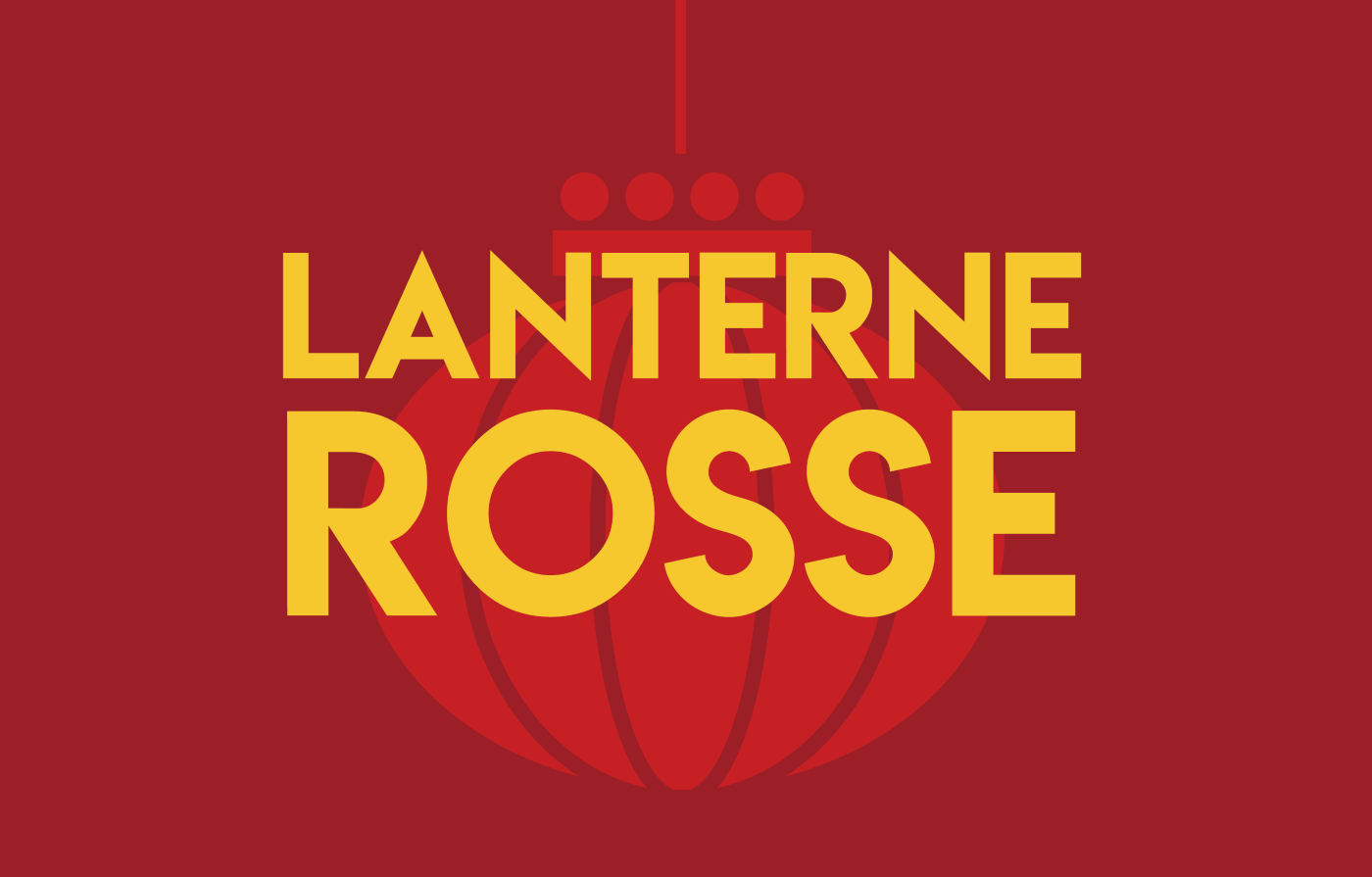The ‘easy-to-learn’ Chinese of Beijing's new teaching methods
Chinese language teaching is increasingly about memorising and repeating sounds and signs, without the meditative beauty that underlies the language. Pronunciation is not a relevant variable in a codified system of linguistic levels since listening is more important. In the efforts to make Chinese "easier to learn" along the New Silk Road, the fine line between culture and propaganda, between ancient Chinese wisdom and sinicisation, is blurred.
Milan (AsiaNews) – How is Chinese taught in China today? To what extent does the prevalence of a model based on the mechanical repetition of sounds to make it "easier" and more universal to learn conceals a cultural model that robs the language of its capacity to stimulate thinking, which is embedded in its DNA? This is the topic an AsiaNews source living in China addresses below.
Chinese is a beautiful language. Especially its writing. Rich in history, layered meanings, and the skilful aggregation of ideas into symbols, knowledge of Chinese writing can open the mind to a profound vision of reality.
Each character is composed of smaller symbols; the parts joined together lead to the recognition of the word not as a sound, but as a symbol.
This is why Chinese writing is suited to meditation, philosophical reflection, and openness to the connections of reality.
It is no coincidence that the ancient art of Chinese calligraphy is a slow, silent art, which aims to allow the symbol, the word, to be internalised in the writer. In all the world's languages, the spirit of a people emerges, specifically a holistic tendency rooted in millennia-old wisdom.
Chinese is a language, or more precisely, a script, that requires repetition, continuous practice, and memory. Symbolic depth and ongoing practice combined are the core of its charm.
The flipside is that, emptied of its meditative beauty, writing becomes a mere collection of mnemonic strokes, at the centre of which is an uncritical repetition of strokes to be memorised.
Nowadays this method of aseptic repetition is the most common for teaching writing and the language in general. Learning Chinese in China means memorising exercises and characters.
What matters is performing an exercise accurately and reproducing each character correctly, without focusing on symbolic and sapiential understanding. This applies to both Chinese and foreign students.
This way, one learns the language like one learns mathematics, that is, as if it were an operation to be performed (insofar as mathematics is "only" calculation). One learns to compute, not to think.
This is a new level of alienation: no longer working like a machine, but "thinking" like a machine.
In an age of artificial intelligence, where we question "thinking machines," processes are being established that aim to make humans "think" like machines.
Moments of knowledge and meditation like writing and studying become tools of habituation, where memorisation is not the foundation upon which to build thought, but the goal.
The subtle line of ambiguity between culture and propaganda on which Chinese power is built today is also at play. The identity-building appeal of the Chinese language is self-evident; but to what extent is this identity culture, and to what extent is it functional to an imperial project?
While a repetitive mnemonic need is undeniable, mere mechanical repetition is not. Yet there is a common feeling, a sort of shared public opinion according to which being Chinese and being a memoriser are the same thing.
This a priori view says that to learn you can only memorise/compute. Here, the ambiguity between culture and propaganda, between ancient Chinese wisdom and sinicisation, comes into play. The line is thin, but it makes all the difference.
Proof of the imperial will underlying the language is the New Silk Road. Among the various objectives of this mammoth project is that of making Chinese the new lingua franca of the world, supplanting English as the standard language, first of all, of business and then, in a cascade, in “everyday life”.
To this end, it is necessary to make the language appealing through its recent rise as a business tool rather than its millennial symbolic depth. Chinese must be relatively easy to learn, codified in rigid, schematic exams that assess linguistic level based on the number of memorised words, and “liberated” from meditative antiquity.
Significantly, pronunciation courses for foreigners are almost entirely absent; in the codified system of language levels, pronunciation is not a relevant variable: knowing how to listen and perform is more important than knowing how to speak and be understood.
Chinese must be adapted to social media. The new generations must want to learn Chinese (in its easy-to-learn version) because it is a trendy language.
The new generations' perspective is probably the central point of this process, and the litmus test is the new generations of Chinese living outside mainland China, like those in Hong Kong.
It is strange to walk around Hong Kong and hear Mandarin spoken instead of Cantonese. Mandarin, what we call Chinese, is the official language of mainland China, while Cantonese, the Guangdong dialect, is the official language of Hong Kong.
It is easy to see how Cantonese has, over time, come to mean resistance and pride. Today, however, some residents believe that "Mandarin is the language of the young," not to mention that it is "safer" – in fact, “you'll be less conspicuous if you don't insist on speaking Cantonese”.
The reference to speaking Mandarin for security reasons obviously concerns the situation in Hong Kong following the introduction of the national security law.
The winning strategy is that the mainland Chinese language is not simply imposed, but rather more suited to the times. Therefore, it is true that it is safer, but it is also true that it is more satisfying to use as the language of new idols, fiction, videos, the language of global business, and above all, it expresses China’s rise as a global player.
In the use of soft power, the ambiguity between culture and propaganda, is overcome in the language's appeal, thus blurring the fine line between Chinese culture and Sinicisation.
03/10/2014
14/03/2018 13:04
15/09/2020 12:31







.png)










